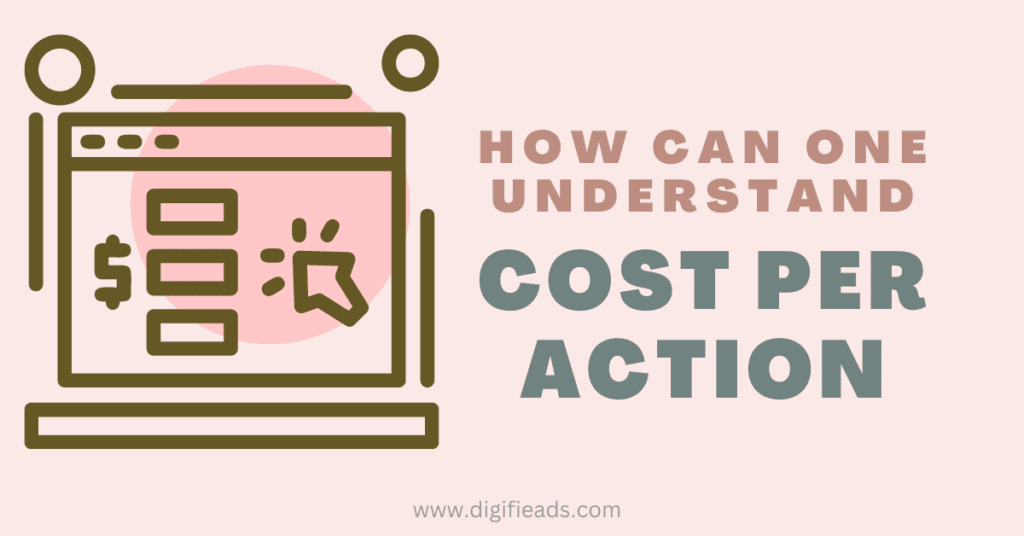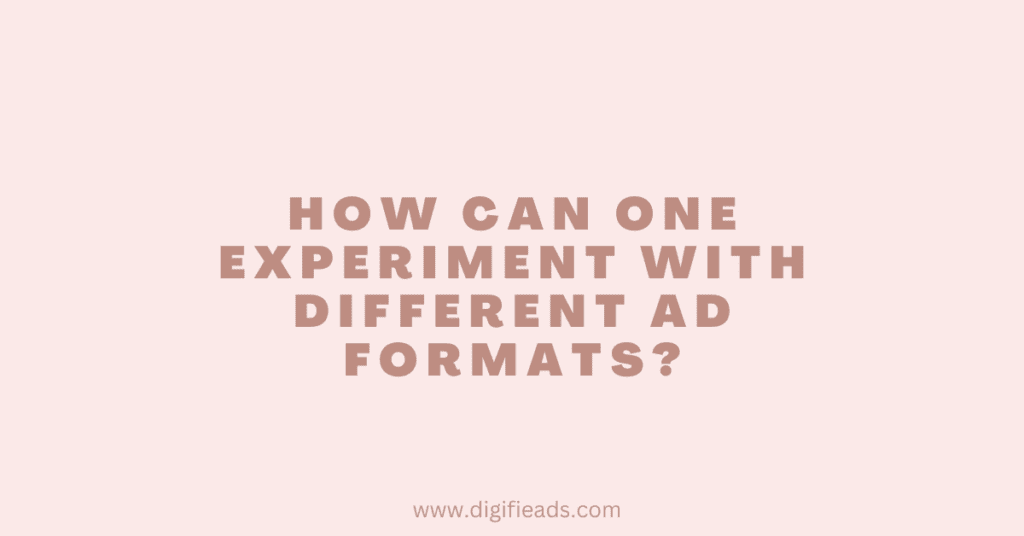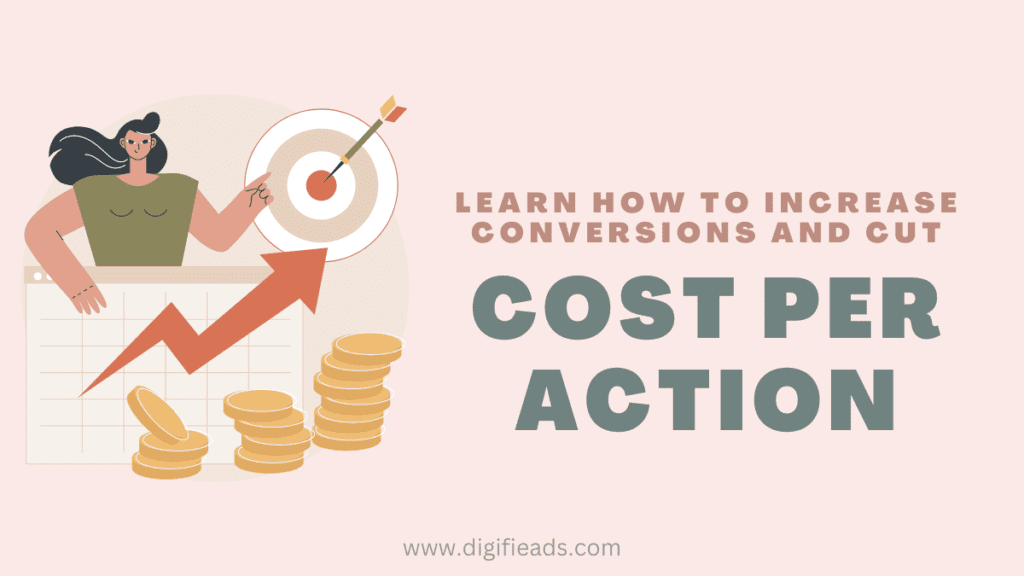Cost Per Action: A Comprehensive Guide
In online marketing, every interaction with your content is important. A click or engagement is a big deal. For businesses looking to stretch their budget, CPA is key. It stands for Cost Per Action. Let’s dive deeper into CPA and explore some clever strategies to optimize it for your benefit.
Understanding Cost Per Action (CPA)

Cost Per Action (CPA) is like a secret weapon for advertisers in the online world. It’s about getting the most bang for your buck. So, you want to encourage people to take action, like buying something or signing up for a service. But, you don’t want to spend a fortune on ads.
To make CPA work, you need to:
- Have clear goals.
- Know your audience.
- Ensure your website or app is perfect.
- Check your ads.
- Test different ads.
- Always seek to improve.
That means you’ll be ahead of the game in the competitive world of online advertising.
Why CPA Matters
CPA offers several advantages over traditional advertising models:
- Cost Efficiency: With CPA, advertisers pay only for tangible results, ensuring every dollar spent contributes directly to a specific action.
- Targeted Marketing: By defining precise actions, CPA campaigns attract users who are more likely to convert, leading to higher-quality leads and increased ROI.
- Performance Tracking: CPA provides clear metrics to evaluate the effectiveness of campaigns, enabling advertisers to optimize strategies for better results.
- Risk Mitigation: Payment is contingent on desired actions, CPA minimizes the risk of ad spend on ineffective campaigns, making it a safer investment.
Strategies To Boost Conversions And Save Money

That we know how important CPA is, let’s see how to boost conversions without overspending.
1. Define Clear Conversion Goals
These goals could be to get more visitors to your site, get more email sign-ups, or even make sales. This means you’ll attract the right kind of people who are more likely to do what you want them to do.
2. Target the Right Audience
It’s vital to know and reach the right audience. It will boost conversions and lower ad costs. To do this, use data analysis. Then, split your audience into groups by age and interests. Also, by their online habits. Tailor content for each group. This approach raises conversions by focusing on specific audiences.
3. Optimize Landing Pages
Your landing page is key. It turns visitors into customers. It must do its job, look great, be easy to use, and work on phones and tablets. Use catchy headlines, clear buttons, and persuasive words. They should get people to click. Don’t waste money on landing pages that fail. Instead, test and improve them to get more clicks!
4. Implement Conversion Tracking
To ensure your CPA campaigns work, track how many convert. You can do this with tools like Google Analytics or conversion pixels. These tools help you see how users respond to your ads. They also show how many turn into customers on different platforms. The top campaigns are in this data. First, review it. Then, improve your budget. Also, tweak your marketing to reduce acquisition costs.
5. Experiment with Different Ad Formats

Try mixing up your ads. Try different ad types and placements. See what works best for the people you want to reach. Test display ads, text ads, videos, and ads on social media. Try different placements too. Aim at people in various buying stages. By watching your ads’ performance and adjusting, you can get more people to act for less.
6. Continuously Monitor and Optimize
Getting the best cost-per-acquisition (CPA) for ads is an ongoing task. You need to keep an eye on your ads and make changes to improve them. Check your ads’ CTR, conversion rates, and CPA. Make it a habit.
To get better results, you’ve got to try new things. Try different ways to do things. Experiment with your target audience and your ad designs. Be flexible. Take action based on what you learn. This will help you keep up with market changes. It will also ensure your ads perform their best.
Conclusion
Cost Per Action (CPA) is a powerful tool for advertisers. It’s a way to get the most from their digital marketing. It’s key to balance cost and value to drive audience action.
This means to set clear goals for what you want people to do. Target the right audience so your efforts aren’t wasted. Make sure your landing pages are top-notch. Track your campaigns’ performance. Try different ads to see what works best. Always check things to imp
By honing in on CPA and tweaking your approach, you can boost conversions and save some cash. It’s about getting ready to succeed in online ads. The market is tough.
Here are some FAQs on Cost Per Action (CPA) and their answers:
FAQ: What exactly is Cost Per Action (CPA)?
Answer: Cost Per Action (CPA) is the cost for advertisers to get a user’s action.
FAQ: How does CPA differ from other advertising models like Cost Per Click (CPC) or Cost Per Mille (CPM)?
Answer: CPC is about clicks. CPM is about impressions. CPA links payment to actions. Advertisers pay for clicks with CPC. They pay for actions with CPA, like sales or leads.
FAQ: What are the benefits of using CPA for advertising campaigns?
Answer: There are several benefits to using CPA for advertising campaigns:
- Cost Efficiency: The text you provided is incomplete and lacks meaning. It aims to make every dollar count.
- Targeted Marketing: CPA allows advertisers to define specific actions. It targets users who are likely to complete them. This leads to better leads and a higher ROI.
- Performance Tracking: CPA provides clear metrics to assess campaign success. Advertisers can use them to optimize their strategies for better results.
- Risk Mitigation: Payment is based on actions. CPA lowers the risk of wasted ad spend on ineffective campaigns. It makes for a safer investment.
FAQ: How can I optimize my CPA campaigns to improve conversions and save money?
Answer: Optimizing CPA campaigns involves several strategies:
- Define Clear Conversion Goals: Set clear, measurable conversion goals. Use them to tailor your campaigns.
- Target the Right Audience: Use data analytics and audience segmentation. They will help you target your ideal customers.
- Optimize Landing Pages: Make landing pages that are both attractive and easy to use. They should be optimized for conversion.
- Implement Conversion Tracking: Use tools like Google Analytics to track what users do and their conversions.
- Experiment with Different Ad Formats: Diversify your advertising strategy by testing various ad formats and placements.
- Continuously Monitor and Optimize: Regularly check performance metrics. Use the data to refine your campaigns.
FAQ: How can I measure the success of my CPA campaigns?
Answer: The success of CPA campaigns can be measured using various performance metrics, including:
- Conversion Rate: The percentage of users who complete the desired action.
- Cost Per Action (CPA): The average cost incurred for each conversion.
- Click-Through Rate (CTR): The percentage of users who click on your ads.
- Return on Investment (ROI): The ratio of revenue to the cost of advertising is important. Tracking these metrics lets you assess your campaigns. You can then optimize them and maximize ROI.


Pingback: CPL (Cost Per Lead): How to Maximize Your Profits -